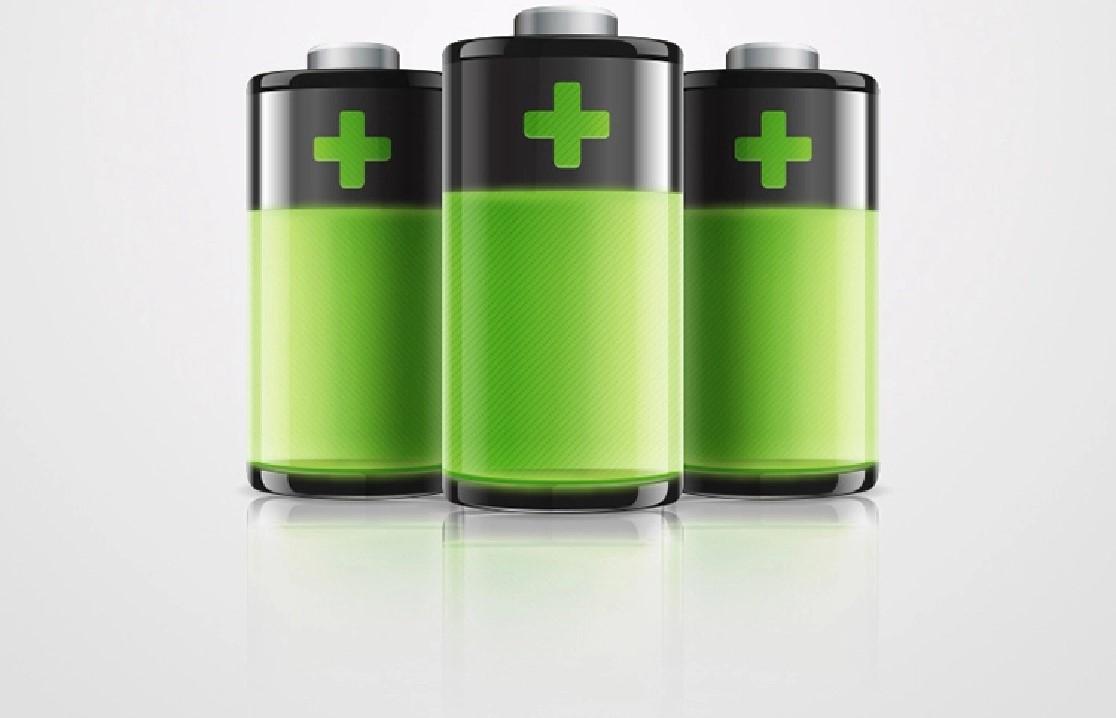BETTER TOUCH BETTER BUSINESS
Contact Sales at Litel Technology
As we all know there are many types of batteries that could be used for the solar application. However not all batteries provide the same performance.
Battery is the key of any solar system. The most important characteristics that you should focus on when estimating your solar battery options, are life cycle of solar battery and how much power it can provide.
The cost of solar and batteries are going down and solar option becomes more and more attractive solution to power your home or business. Below we will help you to compare all solar batteries options.

As you consider the battery for your solar application, you’ll come across a lot of complicated product specifications. The most important ones to use during your evaluation are the battery’s capacity and power ratings, depth of discharge, efficiency, warranty, producer and of course the cost of the battery.
Capacity is the total amount of electricity that a solar battery can store, measured in ampere-hours (Ah). Most home solar batteries are designed to be modular, which means that you can include multiple batteries with your solar battery system to get more capacity if you need.While capacity tells you how big your battery is, it doesn’t tell you how much electricity a battery can provide.
A battery with a high capacity and a low power rating would deliver a low amount of electricity, enough to run a several basic appliances for a significant period. A battery with low capacity and a high-power rating could run your entire home, but only for a few hours.
Depth of discharge
Most solar batteries need to retain some charge at all times due to their chemical composition. If you use 100 percent of a battery’s charge, its useful life will be significantly shortened. If batteries fall below 40%, they will most likely stop working and then you will need to use battery charger to get them “back into the life”. Generally speaking, a higher depth of discharge means you will be able to utilize more of your battery’s capacity.
That is why the best battery for solar applications are Lithium Iron Phosphate LiFePO4 batteries. These batteries have 90% depth of discharge and their chemical composition is by far the best for solar energy storage.
Why?
-The LiFePO4 battery type (lithium ferro phosphate), is a type of rechargeable battery, derived from a lithium-ion battery.
-LiFePO4 chemistry offers a longer cycle life than other batteries. LiFePO4 batteries have a very constant discharge voltage. This allows the cell to deliver virtually full power until it is discharged.With operating ranges from -40 to 158 degrees Fahrenheit,
-LifePO4 batteries handle far wider variations in temperature.Very Safe. Another advantage over other lithium-ion chemistry is thermal and chemical stability, which improves battery safety.
-LiFePO4 batteries have a very constant discharge voltage. This allows the cell to deliver virtually full power until it is discharged.
Battery life and warranty.
For most uses of home energy storage, your battery will charge and discharge daily. The battery’s ability to hold a charge will gradually decrease the more you use it. In this way, solar batteries are like the battery in your mobile phone, you charge a battery on your phone each night to use it during the day, and as your phone gets older you’ll start to notice that the battery isn’t holding as much of a charge as it did when you start using it. That is why you should always look the warranty period for your solar battery. Since the solar battery performance naturally degrades over time, most producers are competing with warranty period. We recommend that choose batteries that provide at least 3 years warranty. If you want to learn more about what is the best battery for your solar application, please contact us freely.
Copyright © 2025 Guangzhou Litel Technology Co.,Ltd. | All Rights Reserved
We are here to help you! If you close the chatbox, you will automatically receive a response from us via email. Please be sure to leave your contact details so that we can better assist